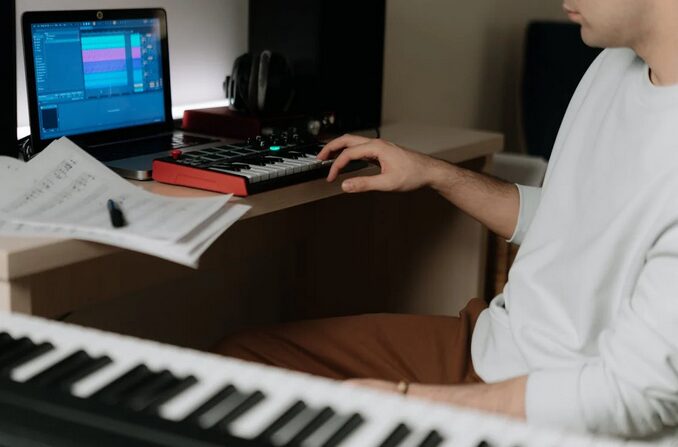Composers are no longer limited to simple orchestral music when scoring films or games. Technology has made it more accessible for music producers to create professional sound designs using MIDI packs. In the past, producers were limited to using real instruments and recording them in a studio. With MIDI packs, composers can now create music without having to purchase expensive instruments or record them in a studio. Note that MIDI packs contain pre-made loops, samples, and patches that can be used to create music. This makes the process of music production faster, easier, and more affordable.
If you’re lucky enough, you’ll even get some sample packs free downloads. But it doesn’t always mean these free packs have all the advanced features you’ll need. Some features can really make a huge difference in the quality and usability of MIDI packs. Read on for some features you don’t want to miss when choosing MIDI packs for sound design.
Dynamic Chord Shifts
Dynamic chord shifts are revolutionizing how we approach harmony in music production. Gone are the days when composers relied solely on static chords to define a piece. Now, MIDI packs come equipped with innovative features that allow for fluid transitions between different chord progressions. This capability breathes life into compositions, creating an emotional landscape that captures listeners’ attention. Imagine seamlessly moving from a major key to a minor one or introducing unexpected modulations within your track. The versatility offered by dynamic chord shifts enables producers to experiment and explore new musical territories. With easy access to these shifting structures, anyone can enhance their sound design toolkit.
AI-Assisted Sound Layering
With advanced algorithms, the software can now analyze existing tracks and suggest complementary sounds. This technology speeds up the creative process while ensuring a polished final product. Having an assistant that understands your musical style is now possible thanks to AI. AI tools assess tonal qualities, frequencies, and rhythms to propose layers that enhance your composition. Not to mention, it adapts over time, becoming more in tune with your unique preferences. This personalized approach allows for experimentation without fear of losing direction. As you layer sounds using these intelligent systems, you’ll find fresh textures emerging effortlessly.

Harmonic Detection
Need something to identify the underlying harmonics of their chosen sounds effortlessly? Harmonic detection is a tech feature you’re looking for in a MIDI pack. With this feature, analyzing a complex chord and pinpointing its core tones in real time is a breeze. This technology ensures that every note you play resonates with the desired emotional impact. By understanding harmonic relationships, creators can blend melodies more seamlessly and craft richer textures. Moreover, it provides invaluable insights into tonalities that might not have been considered otherwise. The result? Unique compositions that stand out in today’s saturated music scene.
Next-Gen Quantization
Traditional methods often lock MIDI notes into a strict grid, which can stifle creativity. The new wave of quantization tools allows for more flexible manipulation. Producers can now create grooves that feel alive and organic. This technology adapts to the nuances of human performance, capturing those slight imperfections that give music its soul. You can easily adjust swing settings or introduce random variations to spice things up. With advanced algorithms, next-gen quantization analyzes your MIDI data in real time. It learns from your style, offering suggestions that push boundaries while maintaining coherence in your compositions.
As we explore the future of sound design, it’s clear that MIDI packs are evolving rapidly. With dynamic chord shifts, AI-assisted sound layering, harmonic detection, and next-gen quantization, any music producer can make a giant leap forward. MIDI packs are full of features that elevate your projects beyond traditional boundaries.




